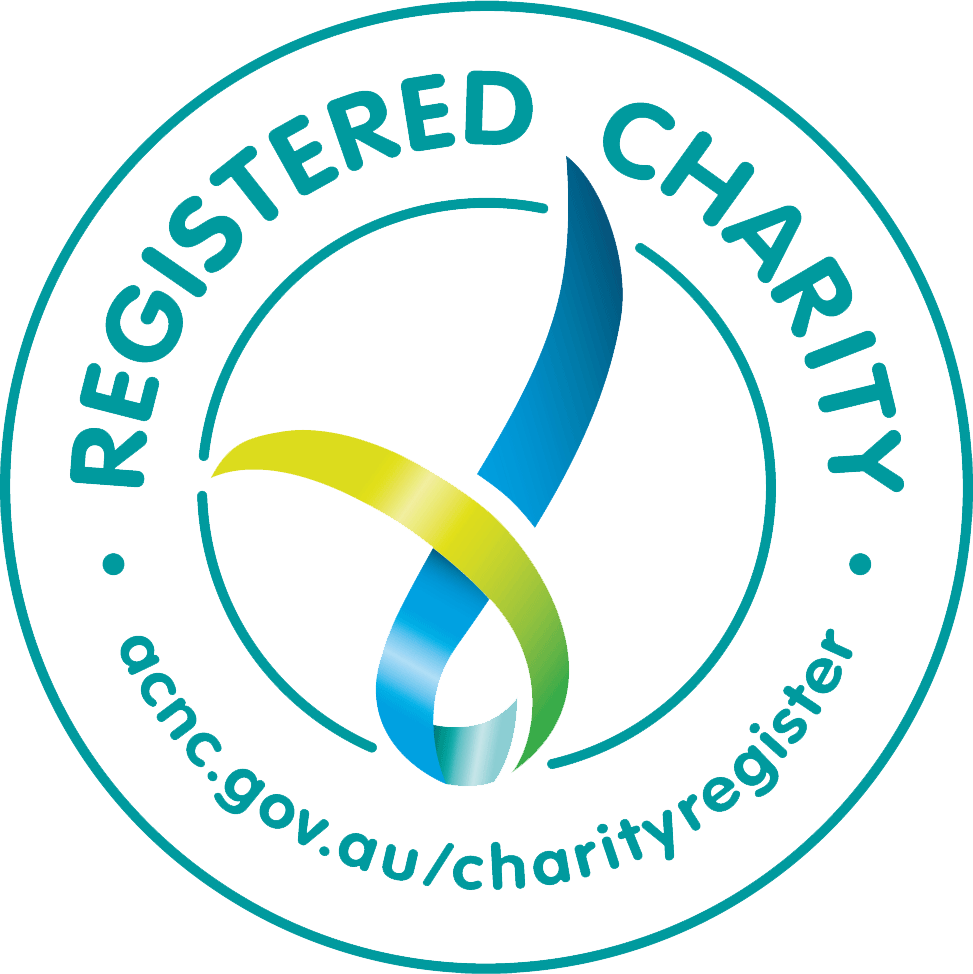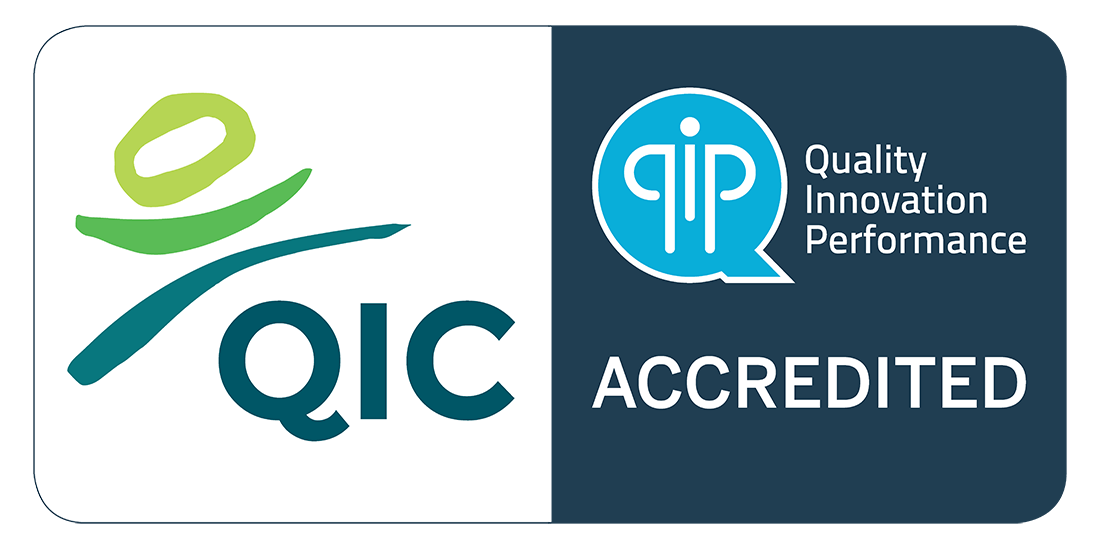In Victoria today, approximately 41% of children living in foster care have a disability — compared to just 7.7% of children under 15 in the general population . This overrepresentation reflects more than a statistic. It highlights the experiences of young people living with the intersecting impacts of trauma, disability, and a care system that has not always been equipped to meet their needs.
Many of these children enter care without a formal diagnosis, and with limited access to the services that could support their development and wellbeing. Recent data from 23 foster care agencies across Victoria found that only 53% of children in care with disability have an active NDIS plan. Without timely, tailored supports, these young people are at greater risk of placement breakdown and isolation.
But these outcomes are not inevitable. With inclusive, trauma-informed care and coordinated systems of support, better futures are possible — and urgently needed.
Contributing factors behind overrepresentation
Higher risk of abuse and neglect
Children with disability are at significantly higher risk of experiencing harm. Research from the Australian Institute of Health and Welfare shows that children under 15 with disability are more than twice as likely to experience physical or sexual abuse (23%) compared to their non-disabled peers (11%). This increased vulnerability often leads to more frequent involvement with child protection services and a greater likelihood of being placed in out-of-home care.
In some instances, a child’s disability may emerge as a result of early trauma, neglect, or maltreatment. These experiences are often deeply intertwined, making it more complex to identify needs accurately and provide the right support at the right time.
Families left without adequate support
Many parents of children with disability are deeply committed to caring for their children at home. However, when adequate support is not available, they can be forced into difficult and distressing decisions.
A 2012 report found that at least 50 families each year in Victoria voluntarily relinquish care of their child with disability. This is often driven not by safety concerns, but by the cumulative pressures of high care needs, exhaustion, and inadequate access to services such as the National Disability Insurance Scheme (NDIS). In these cases, state care becomes a last resort, not because of family failure, but because families are left without the support they need to continue.
Delayed or missed diagnosis and service gaps
For some children, disability may not be formally identified until after they enter the care system — delaying access to critical services and support. Recent findings show that only 53% of children in foster care with disability have an active NDIS plan, meaning nearly half are not receiving support tailored to their needs.
These gaps reflect more than administrative oversight; they reveal systemic challenges in accessibility and service coordination, particularly for families managing disability, trauma, and economic disadvantage.
Lack of early intervention and coordination
Families experiencing crises are often met by a service system that is fragmented and reactive. Disability services, child protection, education, and health providers commonly operate in silos, making it difficult to intervene early or deliver coordinated support.
When prevention opportunities are missed, families may only receive comprehensive attention once significant harm has occurred — by which time, a child may already have been removed from the home. Earlier, integrated responses could help prevent escalation and preserve family unity where safe and possible.
Systemic barriers facing young people with disability
Lack of inclusive placements and trained carers
continues to face challenges in providing appropriate, inclusive placements. Many carers report feeling underprepared to meet complex support needs, particularly when these span across cognitive, behavioural, and physical domains.
Common gaps include:
- A lack of disability-specific training
- Limited access to allied health or education services
- In-home support and coordinated care planning
These factors increase the likelihood of placement disruptions. As a result, some children experience multiple moves or are placed in residential settings — environments where trauma may be compounded without the right therapeutic support.
Intersectionality: disability, trauma and mental health
Children in care often live at the intersection of multiple layers of disadvantage. Disability is rarely experienced in isolation — many young people also face trauma, poverty, systemic racism, and mental health challenges. These intersections are too often overlooked in systems that are not equipped to respond holistically.
For example:
- Children with Fetal Alcohol Spectrum Disorder (FASD) may struggle with memory, impulse control and emotional regulation, and be mischaracterised as “non-compliant” rather than supported with structure and routine.
- Autistic young people may experience sensory overload or communication challenges without appropriate accommodations, contributing to school exclusion and behavioural escalation.
- First Nations children with disability may face the compounded impacts of intergenerational trauma, racism, and cultural disconnection, increasing their risk of removal and service disengagement.
Without trauma-informed, disability-aware systems, these complex realities can go unrecognised — leading to responses that are reactive, restrictive, or further disempowering.
The consequences of systemic ableism
Systemic ableism remains a key driver behind the overrepresentation of children with disability in care. It manifests in many ways:
- The perception that children with disability are “too hard to care for”
- A lack of early, adequate support for families, contributing to voluntary relinquishment
- The exclusion of disability data from case files and reporting frameworks
- System designs that prioritise standardisation over individualised, person-centred care
The result is that children with disability are often rendered invisible — underrepresented in planning, and under-served in practice. Despite comprising a significant portion of the care population, only 53% currently have NDIS access. A more inclusive and responsive approach is urgently needed.
Our difference: A responsive, inclusive approach to complex care
At Lighthouse, we recognise that young people with disability in out-of-home care face a unique set of challenges. Our Model of Care is designed to respond to these complexities with care, stability, and a deep respect for each young person’s lived experience.
By embedding trauma-informed and disability-inclusive practices across every level of our work, we create environments where safety, belonging, and growth are fostered.
What sets Lighthouse apart:
- Comprehensive training in trauma-informed and disability-inclusive care ensures our team and carers are equipped to meet diverse needs with confidence and compassion.
- A multidisciplinary support team works alongside carers and young people, offering therapeutic guidance, clinical insight, and practical help with transitions such as school, travel, or family contact.
- The Hub Home, our community-based space, provides a welcoming environment where all children and young people are supported and included, regardless of support needs.
- Consistent access to respite staffed by therapeutically trained professionals gives carers space to recharge, while ensuring stability and continuity for young people.
- Reflective peer spaces allow carers to process challenges and share insights in a supported, professional setting.
- Partnerships with local disability providers allow for specialist support to be integrated seamlessly into the care journey.
Through this model, we offer not just a placement — but a genuine pathway to stability, connection, and long-term wellbeing.
Foster with Lighthouse
If you’ve supported people with disability, as a professional, a family member, or simply someone who shows up with care and consistency — you could help transform a young person’s life.
Lighthouse is building a community of foster carers who are ready to welcome children with disability into homes where they are seen, supported, and safe. With our trauma-informed model and wraparound support, you’ll never be doing it alone.
Ready to learn more about fostering with Lighthouse? Understand the foster care journey here.







